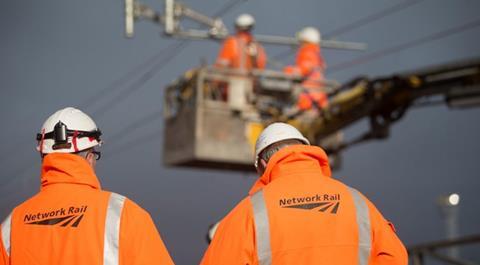
UK: The Office of Rail & Road published its latest annual assessments of railway safety in Great Britain and of Network Rail’s performance on July 13.
‘Our reports highlight the need for Network Rail to focus on the interlinked fundamentals of safety, managing assets, delivering efficiently and keeping trains running on time’. said ORR Chief Executive John Larkinson. ‘While its delivery has been good overall, it must continue to improve track worker safety, and improve its resilience to climate change.
Covid-19
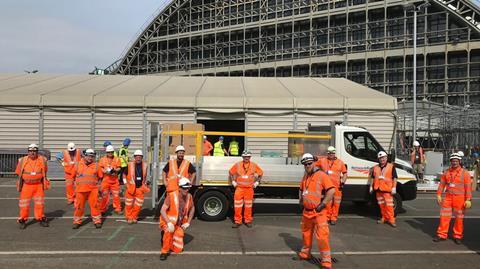
ORR said the rail industry had responded extremely well and collaboratively to the challenges posed by the pandemic, with Network Rail, train and tram operators reacting quickly and working with ORR to implement control measures.
Safety
ORR described the fatal derailment near Carmont after heavy rainfall in August 2020 as a ‘stark reminder’ of the need for continued focus on safety management.
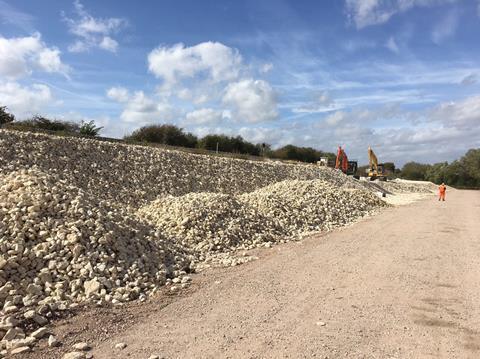
The regulator emphasised that Network Rail must ensure it manages its infrastructure effectively to mitigate the impact of climate change and extreme weather, with particular focus on earthworks and drainage systems.
The year saw deaths of two track workers and another worker was killed at a depot in Eastleigh. ORR noted that Network Rail was taking action to improve track worker safety; it had reduced the proportion of trackside work that relied on human lookouts from 15·9% to 7% between 2019-20 and 2020-21, and planned to remove the practice entirely by the end of 2021. However, the infrastructure manager needed to demonstrate better use and deployment of technology which could reduce risks, such as automatic warning equipment, in particular for line blockages.
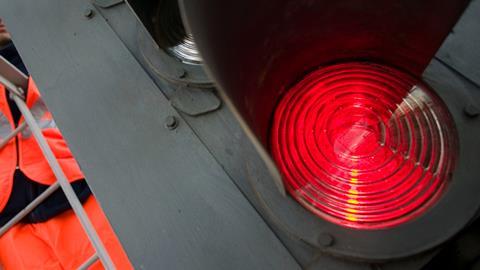
The regulator emphasised the importance of ensuring that the move to safer ways of working was sustainable and well managed, so that that the railway could be maintained safely whilst minimising risks to workers.
ORR also wants to ensure a continuation of the downward trend in the risk of Signals Passed at Danger. The regulator is beginning a two-year programme of inspections to look at operational incidents, focusing on control room decision-making.
Asset management
ORR found that Network Rail had largely delivered its engineering work and enhancement projects to plan, despite the difficult working conditions resulting from the pandemic. However, the regulator was concerned that the infrastructure manager is behind plan on its process for inspecting its structures.
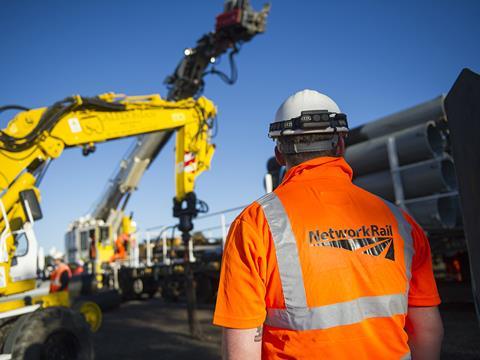
While Network Rail had put mitigations in place to manage safety risks, ORR said there was limited evidence that it had suitable plans in place or was making adequate progress towards reducing its backlog of inspections so that it can manage its assets more effectively. The regulator was therefore taking action to ensure this is rectified.
ORR also raised concerns that Network Rail was behind on completing surveys to locate, inspect and record all of its drainage assets. The company has responded by committing to dates when these surveys will be complete in each of its regions.
Performance and reliability
The reduction in passengers and services during the pandemic contributed to 80% of trains arriving on time nationally – a 15 percentage point improvement on the previous year.
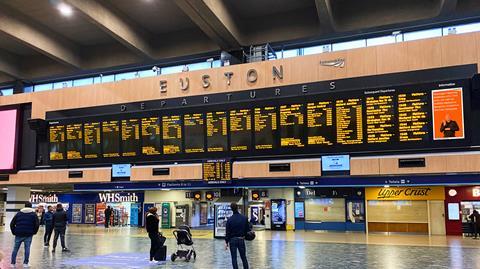
ORR noted that Network Rail had used data from the pandemic to improve its understanding of the relationship between network usage, capacity and performance. Good progress had been made in promoting ‘whole system’ approaches, such as more peer reviews of performance strategies between Network Rail and operators, a maturity model to assess industry capabilities and a stronger focus on establishing the priorities that the whole industry needed to focus on.
However, it felt that Network Rail now needed to demonstrate that these activities were leading to actual improvements in train punctuality.
Efficiencies and risk funding
ORR reported that Network Rail’s delivery of committed efficiencies was on track, with £710m of efficiency improvements achieved in 2020-21 against a target of £570m and all five regions meeting or exceeding their targets.

Network Rail told the regulator that it remained confident of delivering £3·5bn of efficiency improvements between 2019 and 2024, but ORR expressed concern about Network Rail Scotland’s plans to deliver future efficiencies.
The financial risk arrangements that the regulator had established for Network Rail were working well and had helped it manage the impact of the pandemic. ORR warned that risk funds were now lower than planned across all of the regions, particularly Scotland, in part due to increased costs and disruption from the pandemic. Network Rail needed clear plans for how any future financial risks would be managed.
‘We know we need to go further’
Commenting on the report, Network Rail Chief Executive Andrew Haines said ‘we are proud to have played our part in the rail industry’s response to the Covid-19 pandemic. We welcome the regulator’s recognition of that, as well as the progress we have made in boosting train performance, out-performing efficiency targets and improving our approach to sustainability over the past year.
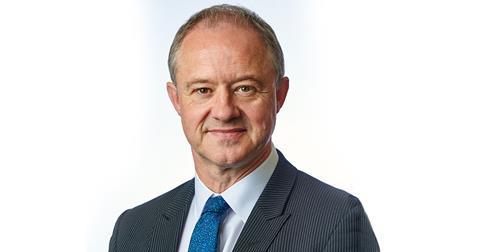
‘We agree with ORR that improvement is needed in other areas, and indeed we have been working for some time now on improving safety for front-line workers. Through our £250m task force, we have made unprecedented progress in eliminating red zone working, which is now at historically low levels and is on course to be removed entirely by the end of 2021 — well ahead of the deadline set by the ORR.
‘In the wake of the Carmont tragedy we invited two experts to independently review our approach and help us better manage our assets and mitigate the impact of climate change and extreme weather on our railways.
‘While we are making progress, we know we need to go further and quicker to improve safety on our network, for both our staff and our passengers, and that is what we are doing.’



